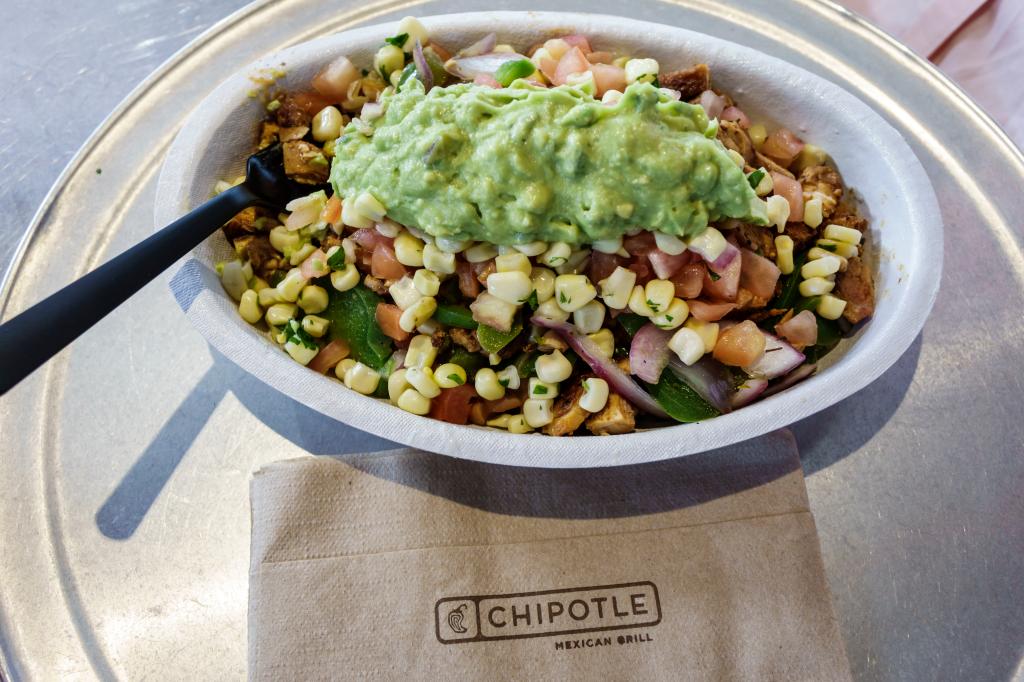The rise and fall of Chipotle, once heralded for its revolutionary fast-casual dining experience, is now being marred by shrinking portions, high prices, and viral outrage over these issues. Portion sizes have decreased over the years, leading to disgruntled customers and a decrease in the overall quality of the dining experience. Social media has been abuzz with reports of disappointing experiences, with some customers even filming employees to ensure they receive their desired portions. CEO Brian Niccol attempted to address these concerns with a “hack” video that was largely dismissed by the public.
While the menu at Chipotle has remained relatively unchanged over the years, issues with customer service and cleanliness are contributing to the brand’s decline. Inefficiencies in the kitchen, long lines, and sloppy food preparation have become common complaints among patrons. The lack of emphasis on dining room cleanliness has also become a concern, signaling that it’s never been a priority for the company. Additionally, Chipotle’s history with food safety violations, including cases of E. coli and salmonella outbreaks, have further tarnished its reputation among consumers.
Despite the negative feedback and decline in customer satisfaction, Chipotle continues to attract customers, particularly health-conscious Gen Zers and millennials. The company plans to open around 300 new stores by 2024, indicating that it still has a devoted customer base. However, competition in the fresh fast-casual dining space has increased, with other restaurants offering similar options at competitive prices. Customers are more discerning than ever, seeking value and quality in their dining choices.
The evolution of the fast-casual dining industry has also played a role in Chipotle’s struggles. With the rise of new competitors offering fresh, customizable options, customers have more choices than ever before. In a market where lunch can commonly cost upwards of $20, people are inclined to seek out the best value for their money. Brands like Cava and Chop’t are gaining popularity for their fresh offerings and generous portions, potentially siphoning customers away from Chipotle. The company faces the challenge of staying competitive in an increasingly crowded market.
In conclusion, Chipotle’s decline in customer satisfaction and reputation can be attributed to a variety of factors, including shrinking portions, high prices, customer service issues, cleanliness concerns, and increased competition in the fast-casual dining industry. While the brand continues to attract a loyal customer base, it must address these issues to remain competitive in a changing market. By focusing on improving portions, customer service, and overall dining experience, Chipotle may be able to regain its former status as a fast-casual dining pioneer.


